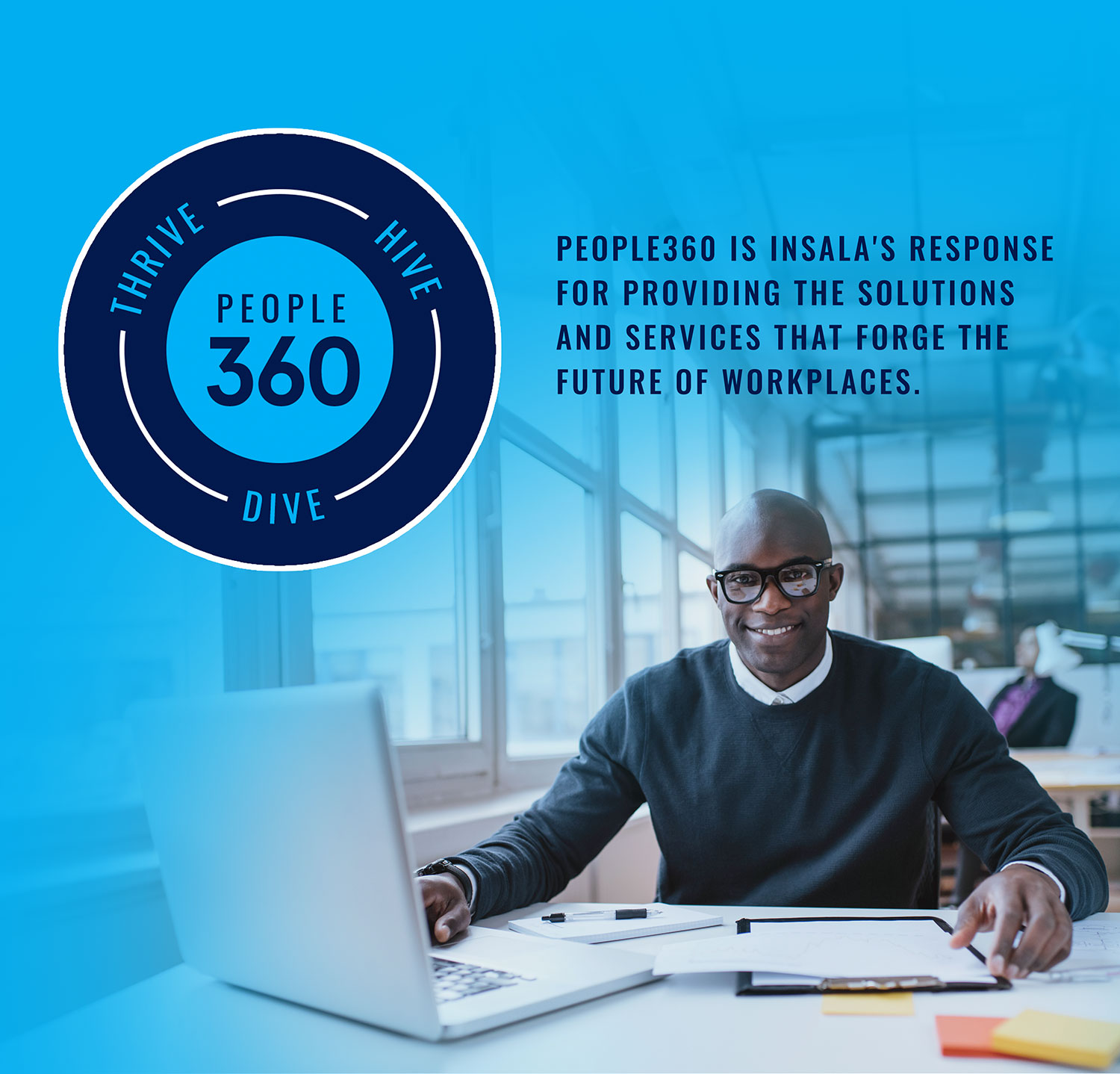Career development programs today are no longer optional. Employees want development, and they want it through their workplace. Providing a great career development program is a gateway for improving employee engagement, increasing employee retention, and creating good company culture. This makes a formal program crucial to the employee experience.
However, not all career development programs are created equal. There are different approaches and ways to implement them. So, how do you decide? The key is to adhere to some best practices to create the optimal program for your organization.
Here are 6 best practices for career development programs.
- Ask Employees What They Want
Before you make your career development plan, it’s best practice to ask your employees what they want out of it. This information can guide you in program creation. If you implement an initiative that the employees feel is not beneficial, they won’t participate.
Asking for your employees’ opinions also promotes a great company culture. The open channel of communication will let your employees feel heard. This builds workplace trust and employee satisfaction, which benefits the whole organization.
- Make a Career Development Plan
Creating a specific and comprehensive career development plan should be done after you know what your employees want. Take their feedback into consideration by building a program that fits their needs. Improve the likelihood that this program will succeed by taking the time to plan it out before implementation.
When planning this program, you should be sure to physically write your plan down. Brainstorming and talking is great, but you are 42% more likely to achieve your goals if they are written. Once your career development plan is written, you have the blueprints for a great career development program.
- Mix and Match Career Development Strategies
Like we said, career development programs take many different forms. This means you can leverage various career development strategies under your overall career development package. For example, career workshops and access to training materials for different job roles and functions should be available.
You can also diversify your career development program by offering personal development opportunities as well as leadership skill development. Leadership development is necessary to your organization’s future, as individuals leave their jobs every day. It is also desired by your employees.
Another option you can use are mentoring or coaching programs to facilitate career development. Either of these programs will make a great platform for employees to develop and grow through. They also both promote employee-driven career development and positive program results.
To capitalize on the benefits of both coaching and mentoring, implement a combined program. This gives all the benefits of both coaching and mentoring, while allowing for a more personalized employee experience.
- Be Transparent
44% of employees rank organizational communication as very important, but only 29% are very satisfied with it. You can increase employee satisfaction, and overall company culture, by communicating your goals from the beginning. Making your goals known to the whole organization is a best practice for successful career development programs.
Employees should be given information about relevant career development activities that will help them move into these roles. Also consider offering employees the ability to study the organizational structure and open opportunities. Let them learn about the different types of careers and roles available to them.
Organizational communication doesn’t stop with participants in your development program, however. Managers should also be informed of employee development progress, and their specific roles within the program. This will create congruency within your organization, as everyone will be on the same page.
To further enable communication, make all of this information centralized in one location. Career development software is a great option to achieve this. The availability of information attainable with software will build trust between upper and lower levels of the organization. This again leads to higher employee engagement and overall happiness.
- Offer Tools and Resources
If you implement your career development plans without guiding your participants, you are setting yourself up for failure. Instead, offer them tools and resources to be successful. It’s best practice to provide some assistance to steer your program in the right direction.
A great way to do this is through training. Mentoring and coaching training can help your participants make their relationships more beneficial early-on. You should also make information about each role available to everyone. This allows employees to access this information on their own time or during the work day.
As with career availability, career development software is a great way to maintain all this information. It can manage all participants, relationships, and goals to make the job of the program administrators easier.
Career development software can also help you share tools and resources with your participants. You can send out helpful content in the form of articles or videos automatically via email. You can also use software to help schedule sessions between participants.
- Measure Your Success
Measuring your success is fundamental in maintaining your career development program. Without numerical proof that the program is effective, your stakeholders and investors may lose faith and pull funding.
Outcomes can be measured and tracked from career development sessions with software. The reports pulled from this can validate the effectiveness of your program. At the organizational level, you can also measure your success directly with employee retention statistics.
Additionally, real-time tracking and reporting at regular intervals throughout the program can indicate success. Software can help you survey participants and manage the results. You can also check in during sessions to see how they are doing.
For more information about best practices for your career development program, request a demo today.








